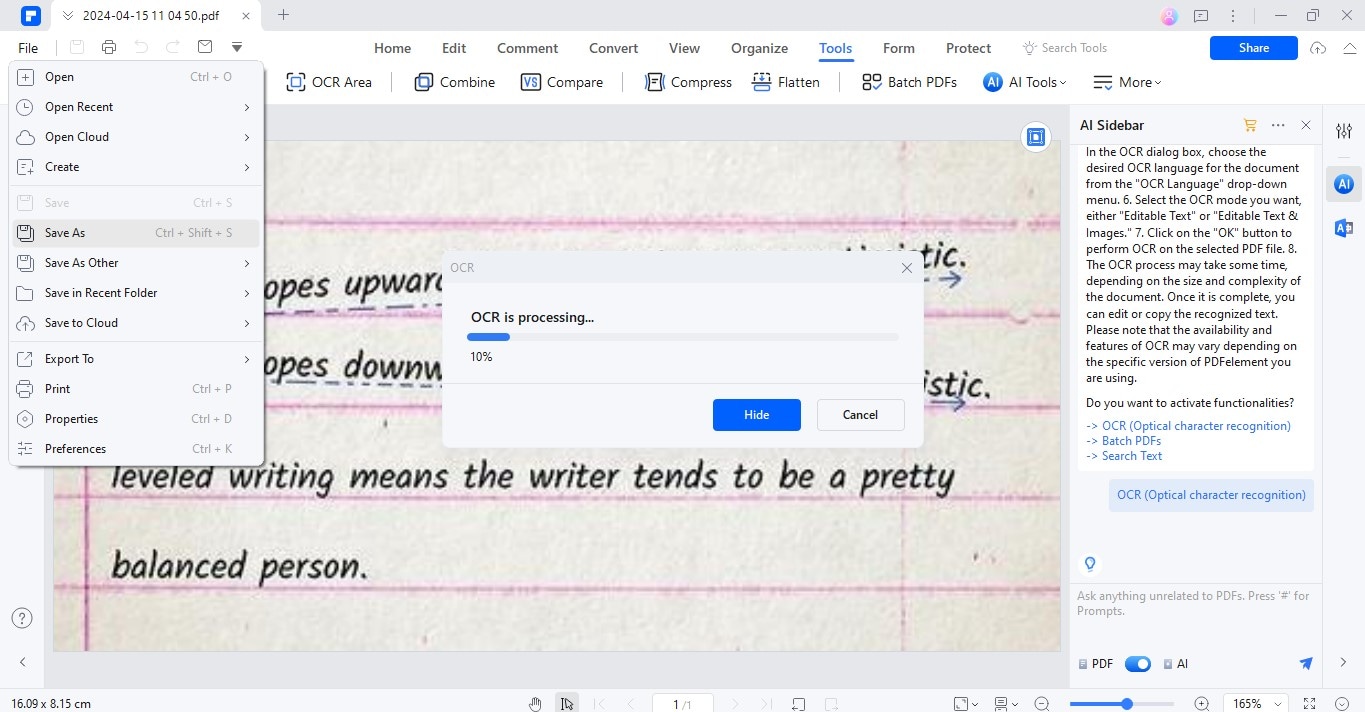The Application of Artificial Intelligence in Handwriting Recognition Circuit Diagram As an AI system, I strive to offer the most insightful information and expert perspectives to assist you in evaluating this technology. My goal is to ensure you have a comprehensive understanding of what handwriting recognition can and cannot do currently, how the technology works, what its capabilities and limitations are, and how it is likely to progress.

Handwriting recognition has come a long way in recent years, thanks in no small part to advances in AI and machine learning. One of the most promising tools in this area is GPT-4, an advanced language model developed by OpenAI. In this article, we'll walk you through how to use GPT-4 for handwriting recognition, step by step.

cyber/Handwriting Circuit Diagram
The evolution of AI-powered handwriting generation has transformed how we create and interpret handwritten text, with applications ranging from personalized advertising to enhanced communication tools. GAN-Based Handwriting Generation Systems. Developers can create synthetic data for training handwriting recognition models at minimal cost.

This post is Part 2 in our two-part series on Optical Character Recognition with Keras and TensorFlow:. Part 1: Training an OCR model with Keras and TensorFlow (last week's post) Part 2: Basic handwriting recognition with Keras and TensorFlow (today's post) As you'll see further below, handwriting recognition tends to be significantly harder than traditional OCR that uses specific fonts Our core software products are powered by proprietary AI technology. We use AI to interpret handwritten content in over 70 languages, to analyze the structure of handwritten notes, to understand mathematical equations and even to recognize and convert hand-drawn musical notation. Our tech is backed by over 20 years of research and development.

4 for Handwriting Recognition: A Step Circuit Diagram
How AI Improves Handwriting Recognition and OCR. Artificial intelligence significantly enhances handwriting recognition and OCR technology in several ways: Machine Learning and Deep Learning: AI-powered handwriting recognition and OCR systems use machine learning algorithms to train models on large datasets of handwritten and printed text The main features that make the online handwriting recognition system predict the text are: a) line quality. b) speed of writing/word . c) execution of letters. Offline handwriting recognition. Offline handwriting recognition involves the automatic conversion of an image of text into letter codes usable within computers and text processing

In this project, we aim to develop a handwriting recognition system using an Artificial Neural Network (ANN) and create a Graphical User Interface (GUI) for the end-users using Steamlit library. Background and Literature Review:-Handwriting recognition has been an area of research since the early days of computer science. Transkribus AI powered platform; Sites Publish your material; Transkribus uses AI-powered handwriting and text recognition technology to decipher both handwritten historical documents and printed texts. can all be transcribed with ten times the accuracy of conventional optical character recognition (OCR) systems,
